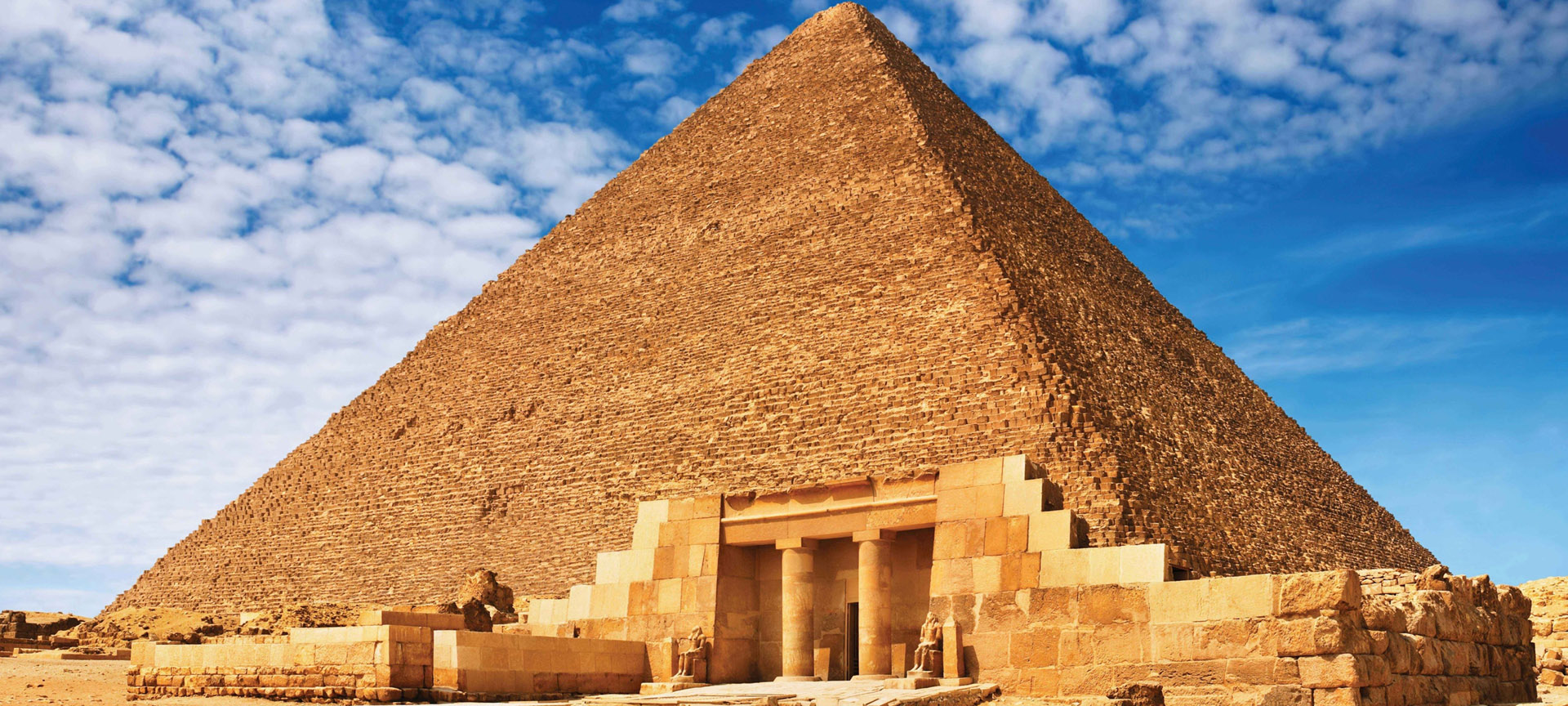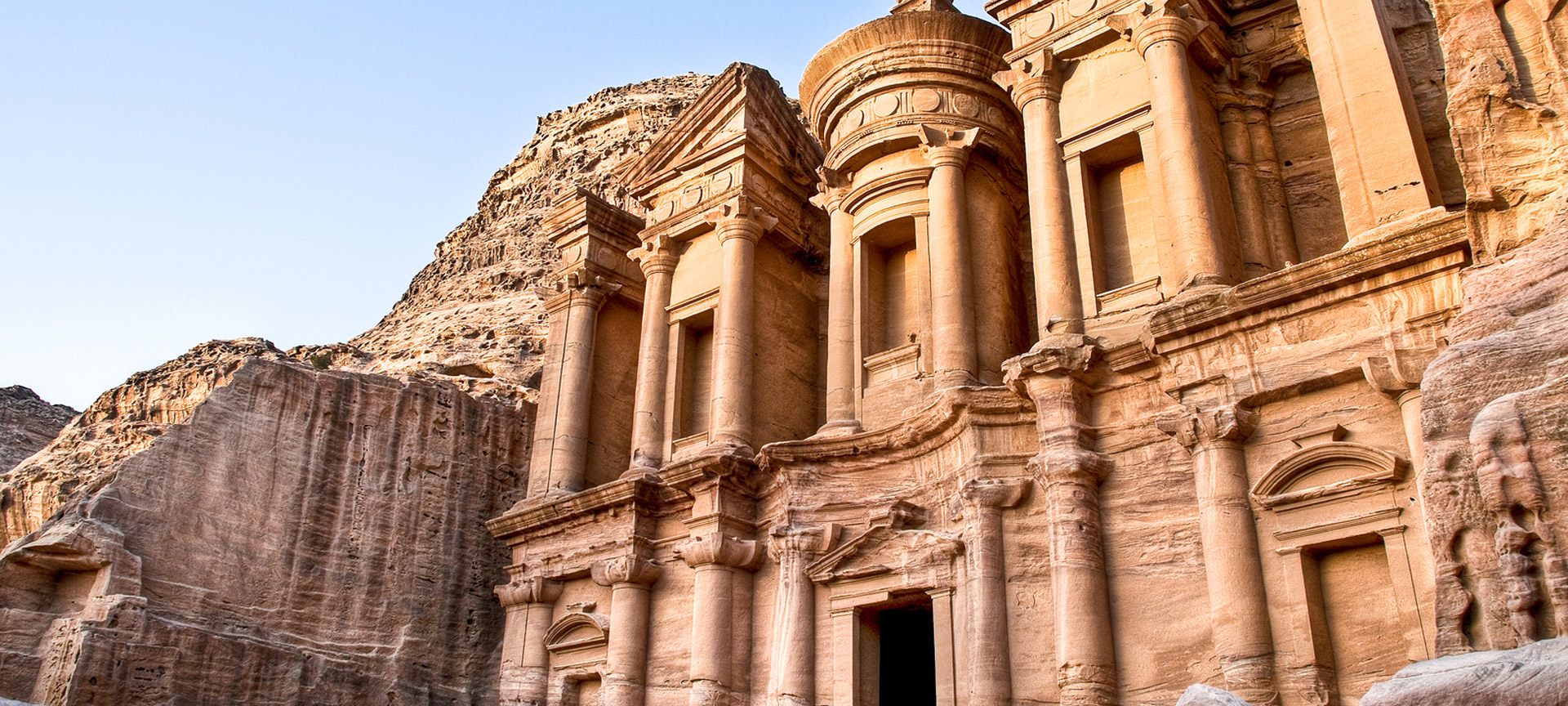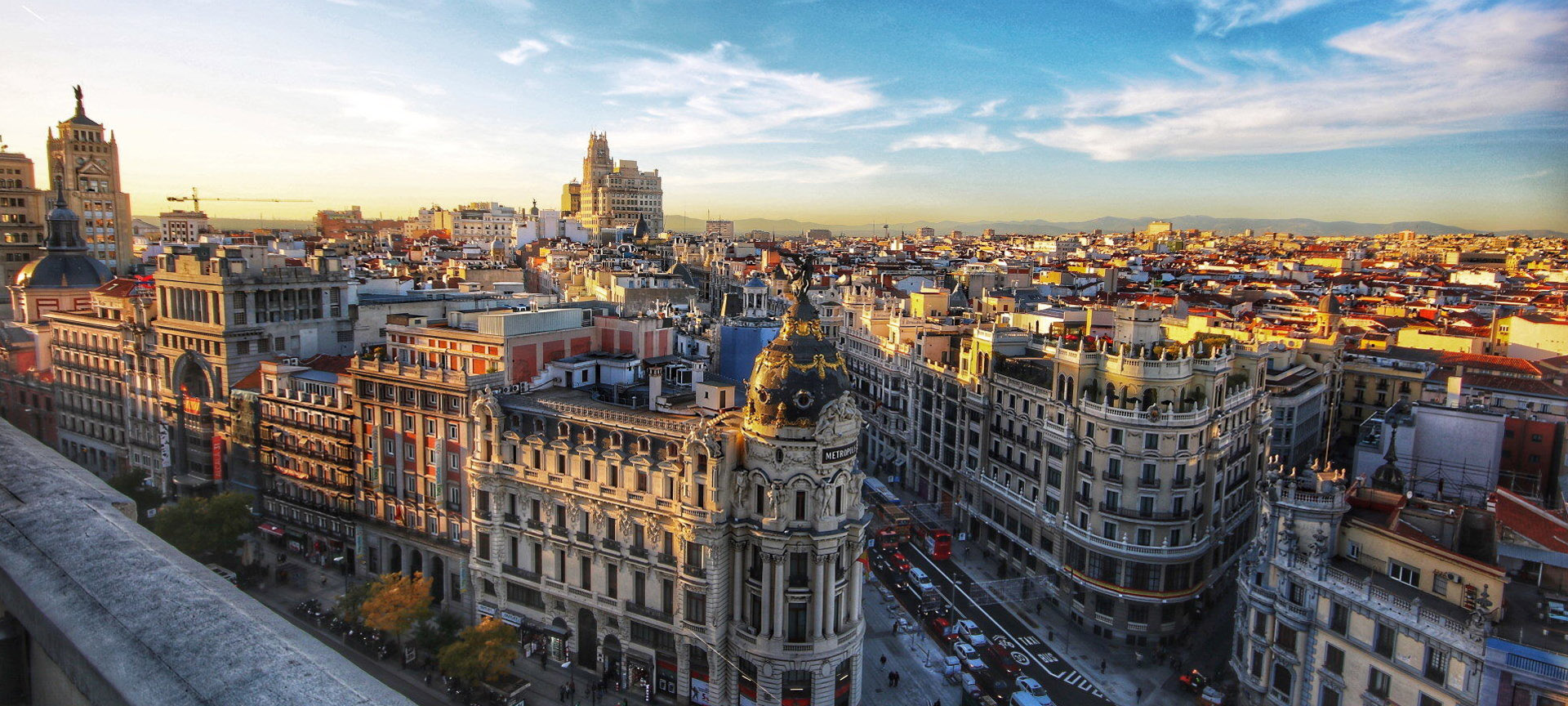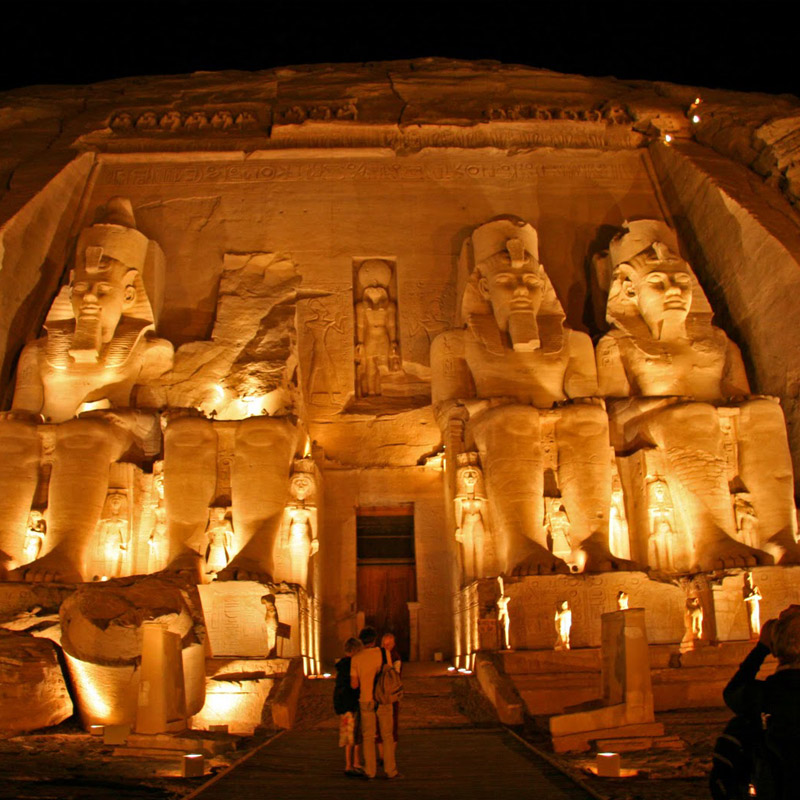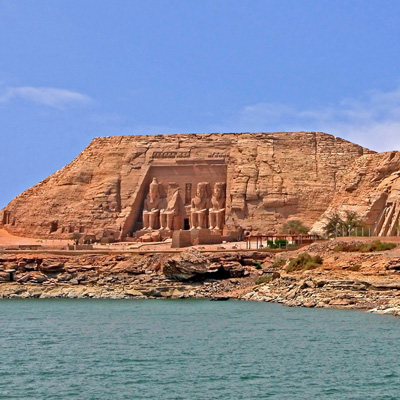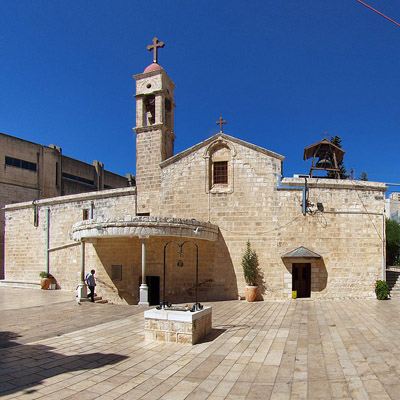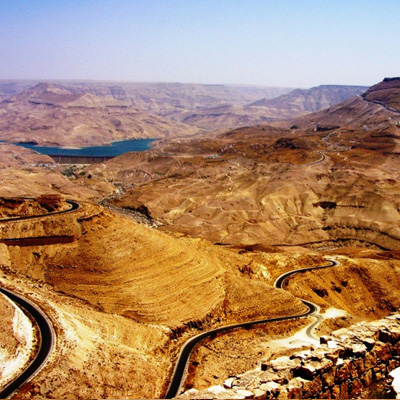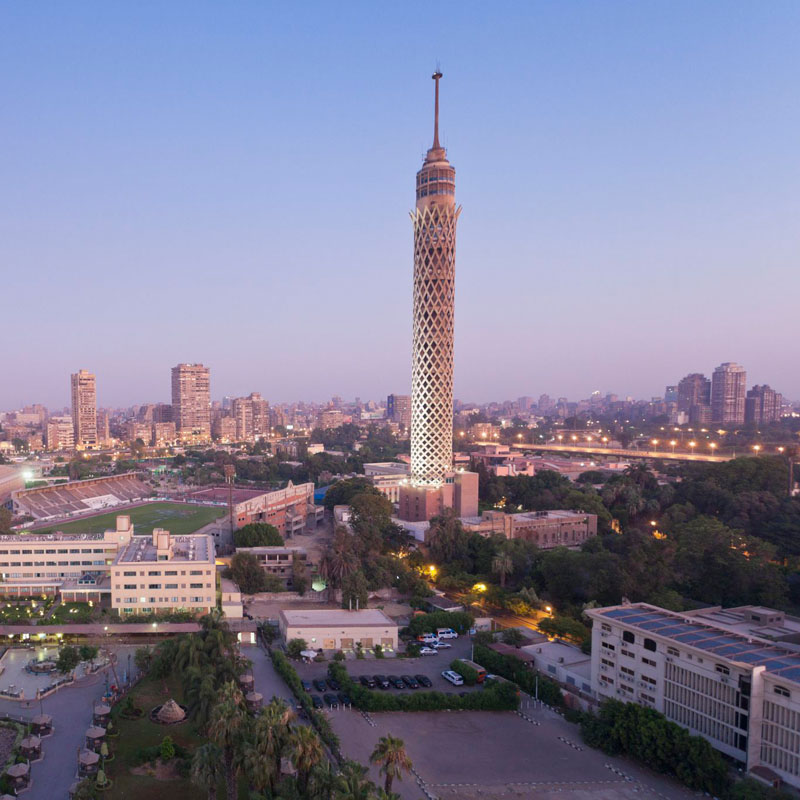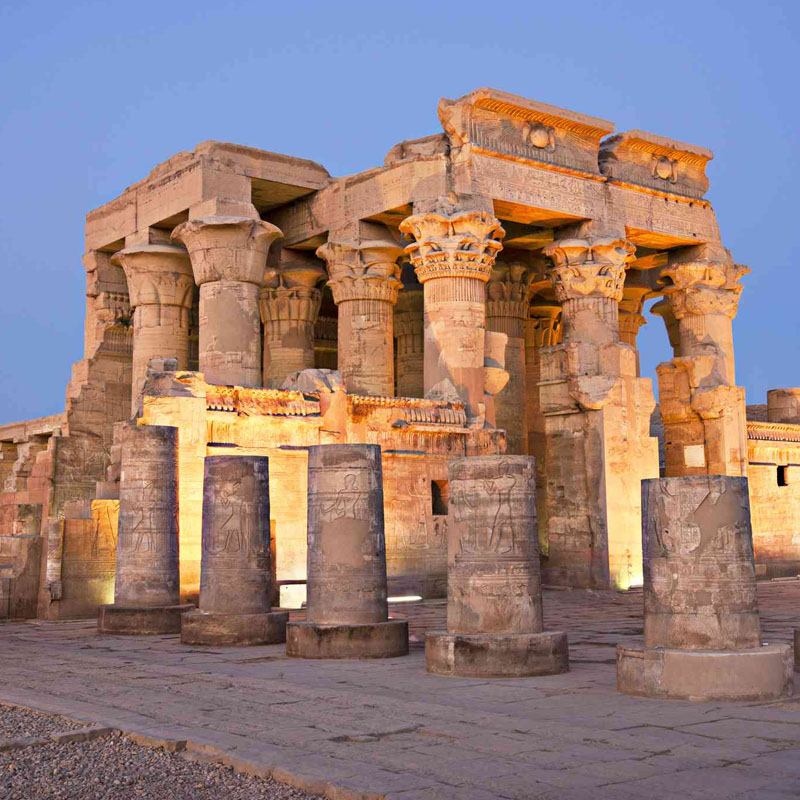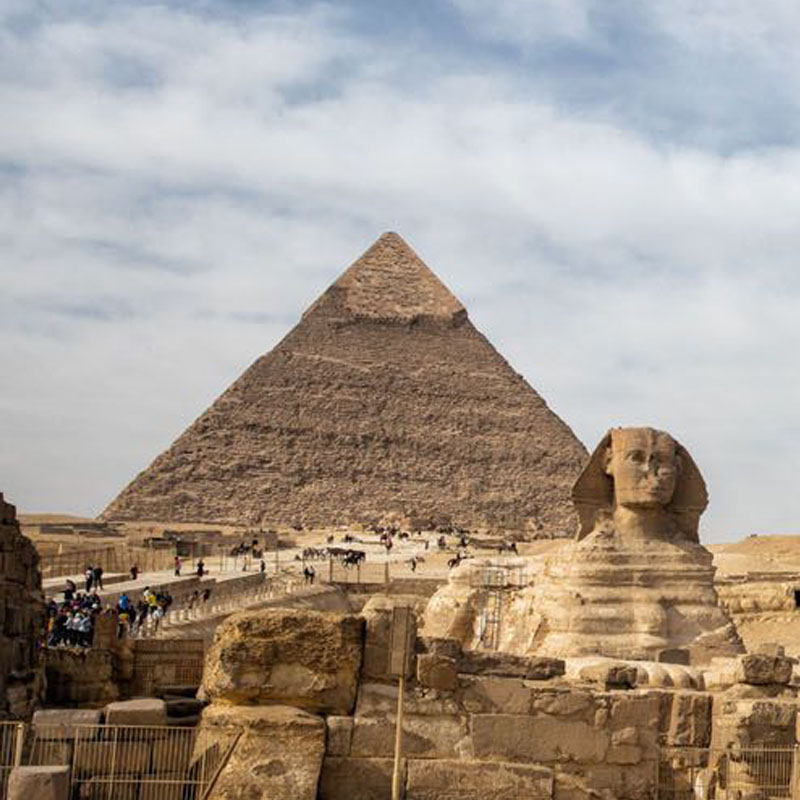4th-century church
The earliest recording of a church commemorating Jesus' feeding of the five thousand is by the Spanish pilgrim Egeria circa AD 380.[1]
"Not far away from there (Capernaum) are some stone steps where the Lord stood. And in the same place by the sea is a grassy field with plenty of hay and many palm trees. By them are seven springs, each flowing strongly. And this is the field where the Lord fed the people with the five loaves and two fishes. In fact the stone on which the Lord placed the bread has now been made into an altar. Past the walls of this church goes the public highway on which the Apostle Matthew had his place of custom. Near there on a mountain is a cave to which the Savior climbed and spoke the Beatitudes."
5th-century church
The church was significantly enlarged around the year 480, with floor mosaics also added at this time. These renovations are attributed to the Patriarch Martyrius of Jerusalem. In AD 614 Persians destroyed the Byzantine church.[2]
19th-20th-century rediscovery
After the AD 614 destruction, the exact site of the shrine was lost for some 1,300 years. In 1888 the site was acquired by the German Catholic Society for Palestine (Palästina-Verein der Katholiken Deutschlands) which was associated with the Archdiocese of Cologne. An initial archaeological survey was conducted in 1892, with full excavations beginning in 1932. These excavations resulted in the discovery of mosaic floors from the 5th-century church, which was also found to be built on the foundations of a much smaller 4th-century chapel.
20th-century church
Since 1939 the property has been administered by the Benedictine order as a daughter-house of the Dormition Abbey in Jerusalem. The Germans have at first erected a provisional protective structure over the holy rock and the Byzantines mosaics. The current church, inaugurated in 1984, was built to the same floor plan as the 5th-century Byzantine church. The windows are fitted with alabaster panels.


